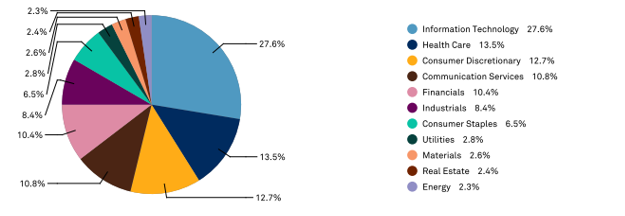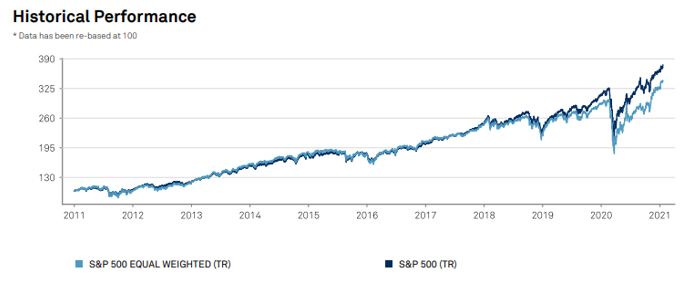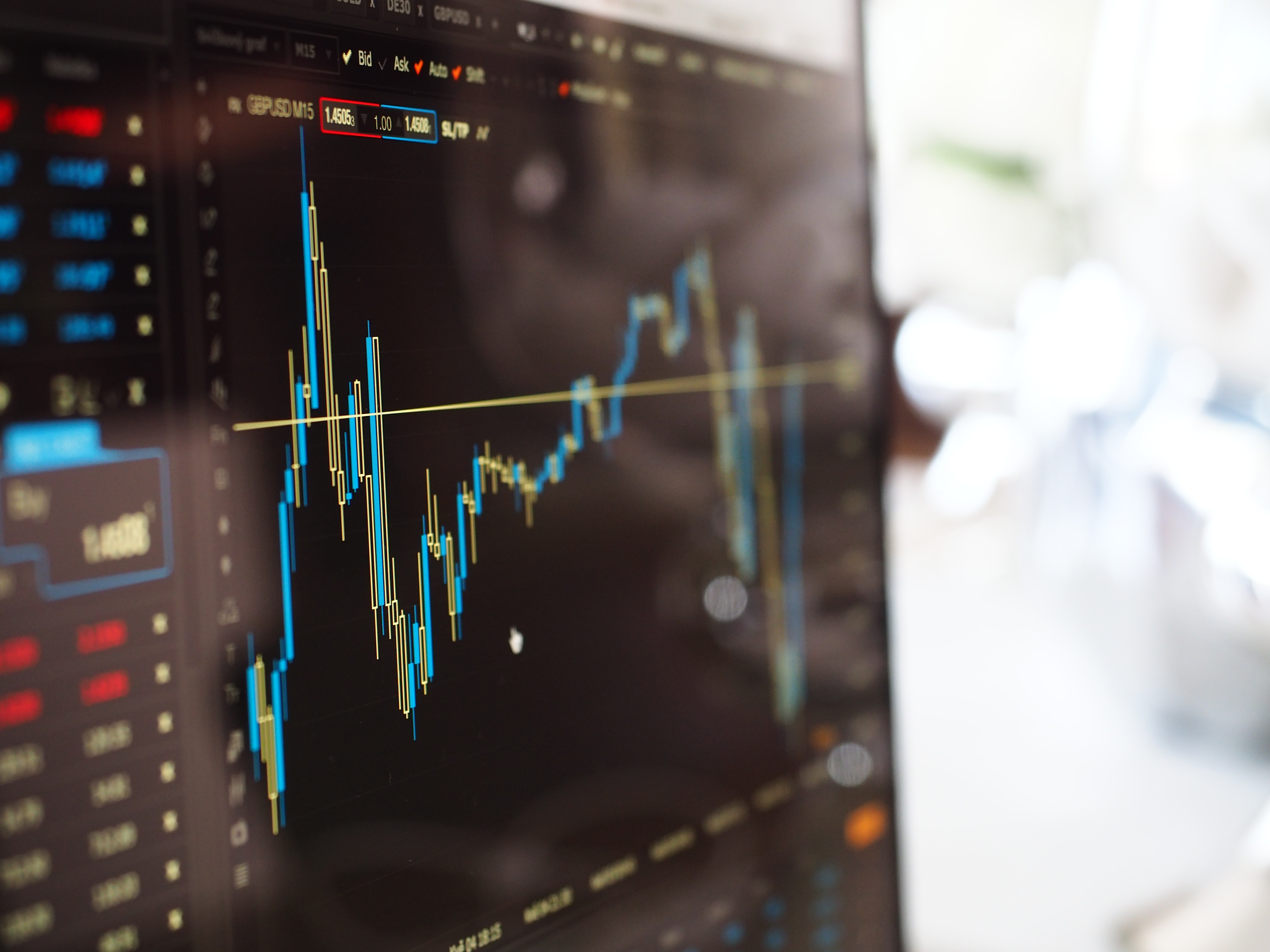The popularity of equal weight ETFs has soared in recent months with investors predicting a shift in momentum from growth to value stocks as the effects of the coronavirus pandemic subside.
Indeed, this mood is apparent if we look at one of the main suspects in the equal weight arena – the Xtrackers S&P 500 Equal Weight UCITS ETF (XDEW) – which has seen its assets under management jump from $1.1bn to $2.7bn over the past three months, as at 19 January, according to data from ETFLogic.
Likewise, having broken into the Xtrackers ‘billionaire’s club’ in 2020, XDEW finished the week to 15 January in Europe’s top ten for net inflows, with $223m piling into the ETF.
Commenting on the inflows, Sidi Kleefeld von Wüstenhoff, head of ETF advisory sales at DWS, said: "We have seen an increase in demand for XDEW since the beginning of Q4 2020 as some investors wanted to reduce their dependence on the mega caps as well bring a slight value tilt into their portfolios.”
What attracts investors to equal weight products, in general, is their ability to track an index without being biased towards a small group of ‘trending’ companies or sectors. This goal is particularly relevant for investors watching the current composition of the S&P 500.
Being home to many of the world’s largest growth stocks, the index is biased towards just a handful of mega caps when taken with a market cap weighting. In fact, just Apple, Microsoft, Amazon, Tesla, Facebook and Alphabet make up a combined 23.3% of the S&P 500. The issue here is not just that a lot of weight is held by a small number of companies but that their recent growth would class them as momentum stocks – and momentum can easily be lost.
Tim Edwards, managing director of index investing strategy at S&P Dow Jones Indices, said that at the end of 2020, the index’s five largest constituents held the highest combined reading on record.
“If those large names at the top falter, value’s time to shine may be finally upon us.” He added.
It is also worth noting that two of the largest sectors in the S&P 500 cap-weighted index are information technology (IT) and consumer discretionary – accounting for a collective 40.3%. And, with most of the largest-cap firms named above falling within one of these two categories, it is clear that a shock felt by just one of these sectors would have the potential to wipe out potential gains made by all of the other of the S&P’s eleven sectors.

By contrast, the equal weight S&P 500 index gives IT a 14.9% weighting – almost half of the stake allocated in the cap-weighted equivalent. Similarly, the largest two constituents (Alexion Pharmaceuticals and Abiomed Inc) are in Health Care rather than IT and occupy little over a quarter of a percent of the index each.

Equal weight indexing products made their debut in 2003, following the ‘dot-com’ bubble of early 2000s. The phenomenon was based on unprecedented speculation on tech equities, which saw the Nasdaq jump from 1,000 to 5,000 points in just five years.
Now two decades on, connectivity, cybersecurity, gaming, and eCommerce equities have been among the main beneficiaries of the COVID-19 pandemic. And, having started 2020 at little over 9,300 points, the Nasdaq has since jumped to more than 13,500 points, as at 23 January.
This fact is not lost on either value investors, or those alive to witness the tech bear market that ensued as the ‘dot-com’ bubble burst.
However, the questions that we really have to ask are: does the recent growth of sectors such as IT mean that they are due a correction, and does this mean equal weight will outperform cap weighted in the long run?

It would be hard to deny that cap weighted indices have outperformed equal weight in the short-term, but whether or not this trend lasts is another matter. Certainly, the lifestyle changes brought about by the pandemic have helped to boost the weight of the S&P’s IT and eCommerce constituents, by ultimately making their products a more integral part of our day-to-day lives.
Now, a prolonged vaccine roll-out, new COVID-19 variants and the likelihood of us keeping some of these lifestyle changes in place for good, might all mean that the role these sectors play in consumer habits may not diminish considerably in the near future.
What should be noted, though, is that these assumptions will already have been factored in to justify the sizeable returns we have already witnessed. On the one hand, this means that growth stocks could be due a correction (as we have already seen from big winners such as Zoom) – but if tech and ecommerce usage remain consistent or in fact grow, a prolonged and permanent downturn would be unlikely.
It is also important that we dispel the idea that market cap indices are averse to value. In fact, on the S&P 500 cap-weighted index, two of the most popular value equities – Berkshire Hathaway and Johnson & Johnson – are the seventh and eighth largest companies, respectively.
Similarly, regardless of whether they choose to rebalance as excitedly as their counterparts, equal weight ETFs still feel the effects of market momentum. For instance, the weighting of energy sector equities within the S&P 500 has fallen consistently since 2011, from 13% to less than 3%.
Beware market-cap weighted indices late cycle
This not only means that equal weight ETF products are currently energy overweight at 4.6% but as a result of their bias towards smaller-cap sectors, have in turn been more exposed to the losses suffered by the energy industry during the pandemic.

On the other side of the same coin, their increased weightings in cyclical stocks such as finance, real estate, and industrials, means equal eight ETFs will be nicely exposed for a coronavirus recovery.
With industry, construction and travel disrupted – and in turn hampering the energy and finance sectors used to power them – many companies within these sectors saw their share prices hit multi-year lows – and investors also suffered from dividend cuts and cancellations.
Though the pandemic threat remains very much in play, the consensus view is that growth stocks will soon fail to find much room for upward momentum. Meanwhile, investors pile into ETFs such as XDEW, as revivals in coronavirus-hampered sectors will mean increased returns and the possible reinstatement of dividends. In essence, cap-weighted ETFs might not be doomed, but equal weight ETFs are better-positioned to benefit from the pandemic recovery.




